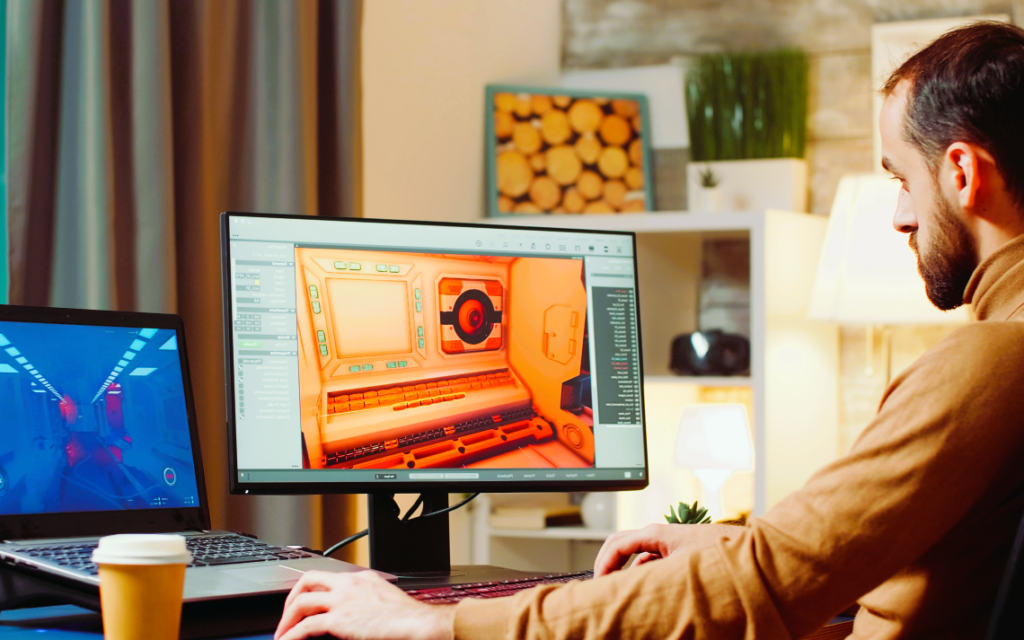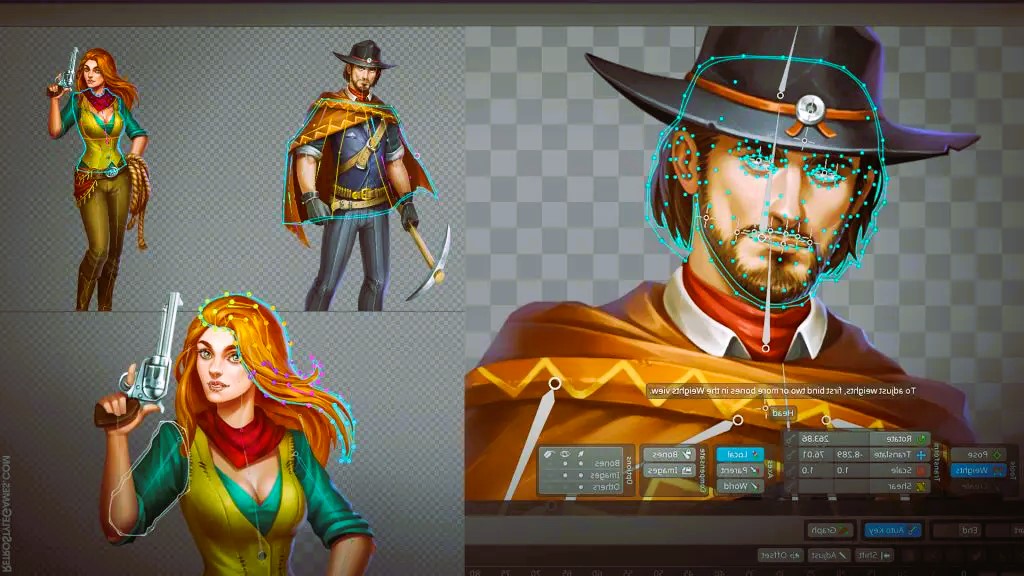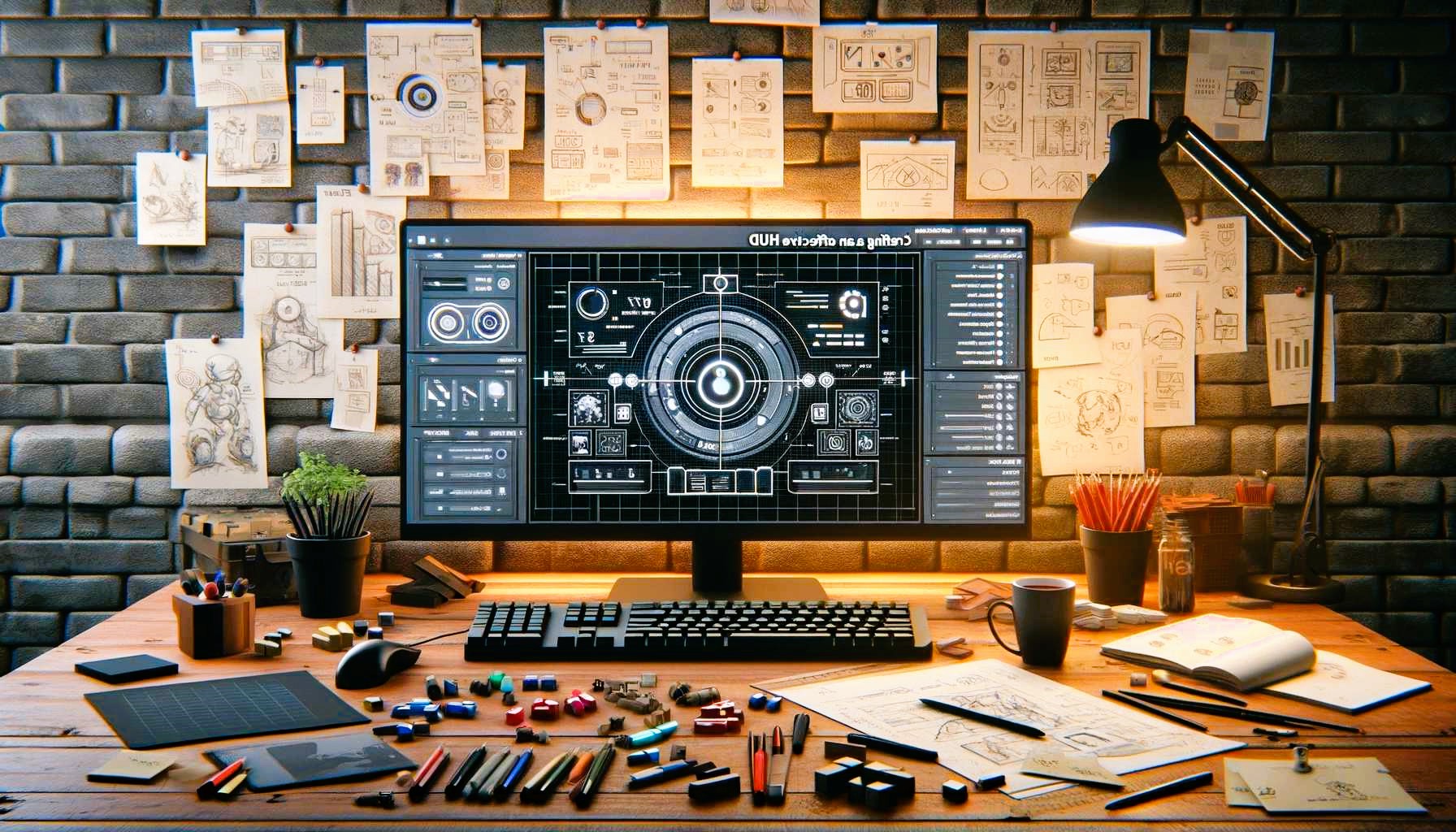When creating a game, whether you’re an indie developer or part of a larger studio, one of the most crucial components is the game’s interface. A well-designed user interface (UI) can make or break the player experience, directly impacting usability, accessibility, and overall enjoyment. But how do you ensure your interface is as intuitive, engaging, and functional as possible? The answer lies in obtaining and acting upon feedback from real users—and Armature, a powerful UI design tool, can play a pivotal role in helping you gather that feedback and improve your game interface.
In this article, we’ll explore how to get feedback on your game interface designs and how Armature can help streamline the process, ensuring that your game delivers an excellent user experience.
Why Feedback is Essential for Game Interface Design

Before diving into the specifics of getting feedback, it’s important to understand why it matters. Even the most experienced designers can overlook usability issues or fail to anticipate how players will interact with the interface. Feedback from real users helps identify problems early, refine the design, and ensure that the interface meets the needs and expectations of your audience.
Here are a few reasons why feedback is essential for game UI design:
- Identify Pain Points: Players may struggle with navigating menus, understanding in-game HUD elements, or interacting with buttons and controls. Feedback will highlight these issues, allowing you to address them before the game is released.
- Enhance Usability: A game interface must be intuitive, especially in fast-paced games where players need to focus on the gameplay. Feedback will help refine the design so that players can quickly and easily interact with the UI.
- Improve Visual Design: UI elements must not only function well but also look visually appealing. Feedback can help you gauge whether your design choices—such as color schemes, fonts, and button styles—are appealing to players and align with the game’s aesthetic.
- Optimize Player Experience: At the end of the day, the interface is all about creating the best possible experience for players. Feedback ensures that the interface is working toward this goal by confirming that the UI is not just functional but enjoyable to use.
Steps to Get Feedback on Your Game Interface Design
1. Conduct User Testing
User testing is one of the most effective ways to gather feedback on your game’s interface. This involves having real players interact with your game’s UI in a controlled environment. The goal is to observe how players interact with the interface, identify any difficulties they encounter, and make note of their overall impressions. Did you like the article? Read also about Working with Gamified UI.
Here’s how to effectively conduct user testing for your game’s interface design:
- Select a Diverse Group of Testers: Choose testers from your target audience but also consider including people who may not be familiar with your game genre. This will provide a range of feedback, from players who are familiar with similar interfaces to those who may be experiencing the interface for the first time.
- Provide Specific Tasks: Instead of letting testers simply explore the interface, give them specific tasks to complete (e.g., “Navigate to the inventory screen” or “Change your character’s settings”). This will help you observe how they interact with specific parts of the interface.
- Observe and Record Interactions: Watch how testers interact with the UI. Note any confusion, hesitation, or errors they make. Record their reactions, either by observing them directly or by having them fill out a feedback form after the test.
- Ask for Feedback: After the test, conduct interviews or surveys to ask testers about their experience. What did they find intuitive or frustrating? Which elements did they find visually appealing or difficult to navigate? This qualitative feedback is invaluable.
2. Use In-Game Analytics Tools
In addition to conducting user testing, in-game analytics tools can provide insights into how players interact with your interface. Many game engines, including Unity and Unreal Engine, offer analytics tools that can track player behavior, such as where they click, which buttons they press most often, and where they get stuck in the game.
Using these analytics tools, you can identify areas where players are consistently making mistakes or spending too much time. For example, if a particular menu button is rarely clicked, it could indicate that players aren’t aware of it or find it difficult to find. This data is invaluable for refining your design and making data-driven decisions about which parts of the UI need improvement.
3. Solicit Feedback on Forums and Social Media

Game development communities and social media platforms are excellent places to solicit feedback from players. Platforms like Reddit, Discord, and game development forums provide spaces where players and developers can engage in discussions about game design.
Consider sharing screenshots or videos of your game’s interface and asking for feedback from the community. You can ask questions like:
- “How easy is it to navigate the menus?”
- “Are the buttons in the right places, or do you feel lost while trying to access them?”
- “Is the HUD clear, or do you struggle to find the necessary information during gameplay?”
Engaging with your audience through these platforms also allows you to build a sense of community and shows players that you value their input. Many developers find that the feedback they receive from these sources is incredibly useful for making iterative improvements.
Getting feedback on your game interface designs is an essential part of the game development process. Whether you’re testing with players directly, using in-game analytics, or soliciting input from the gaming community, the insights you gather will help you identify areas for improvement and ensure that your game delivers the best possible user experience.
Armature is the perfect tool for indie game developers looking to streamline this feedback process. With its rapid prototyping capabilities, customizable UI components, and seamless integration with game engines, Armature helps you create and refine user interfaces that players will love.
By combining real user feedback with Armature’s powerful design tools, you can improve your game interface and create a polished product that offers an engaging and intuitive experience for all players.
For more information on the game design process, visit Wikipedia’s page on Game Design.




